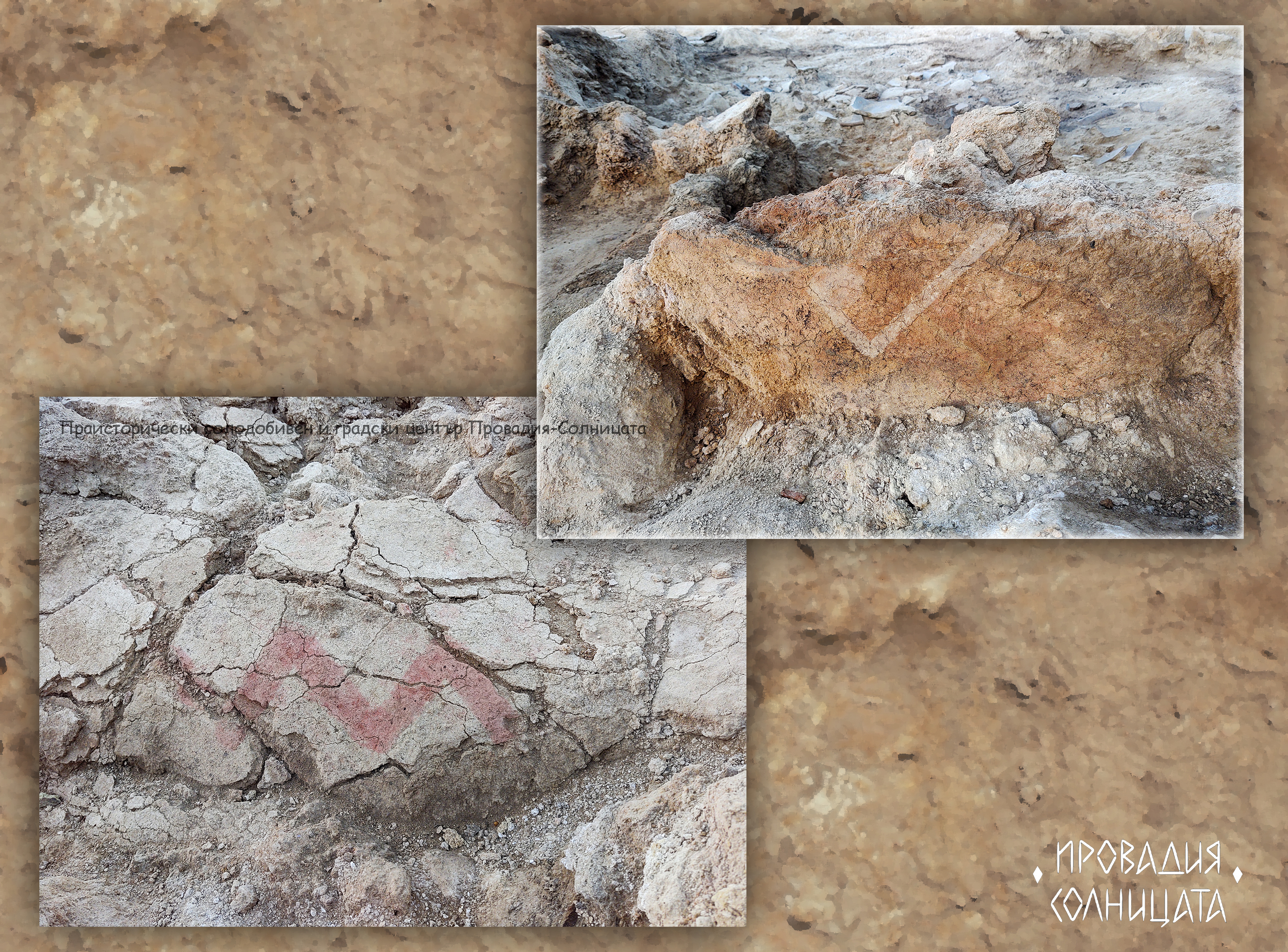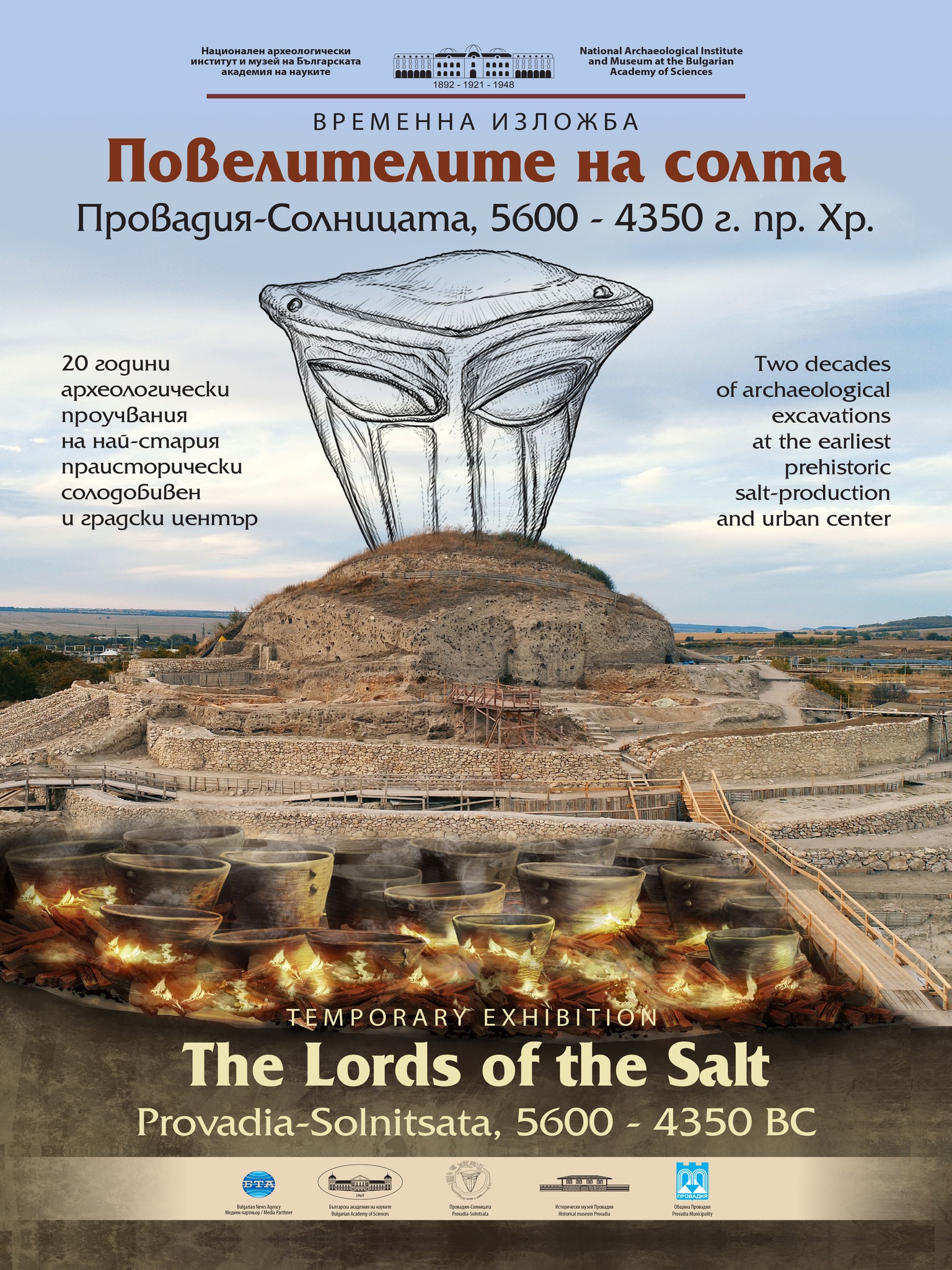
Late Chalcolithic painted walls
Depiction of motives and abstract compositions with symbolic meaning was one of the popular methods of expression in prehistory. This is especially valid for the times before writing was invented when drawing symbols was one of the few ways to preserve and convey information. Usually, it would be the sides of ceramic vessels, used as a canvas, less often for this purpose would be chosen the walls of the house.
Such a precious find was discovered a few days back on the walls of a two-story house from the Late Chalcolithic period, which had been destroyed in a fierce fire in 4400 B.C. Vast areas of the walls had been drawn with different geometrical motives. White paint had been used on brown or beige background. Wall fragments with such decoration were found in all parts of the very impressive with its size house. With the ongoing investigation of the house’s walls, we are eager to discover what else fire and the ages may have spared from destruction. The custom to use paint for decoration of house walls at this settlement mound has been previously attested in a much earlier dwelling dated to the Middle Chalcolithic period. The two houses existed almost 100 years apart, as the main difference is that the decoration of the Late Chalcolithic house, currently investigated, is more lavish and contrast, more impressive.
The great size of the house and the decoration of its walls, as uncommon as it was in the period of the Chalcolithic, are two of the highlights that the newly found building at Solnitsata. It is considered an example of how explicit symbols could represent higher status in society, during the Late Chalcolithic period at the vicinity of the lower Provadiiska river and the Varna Lakes, at the time when the Varna “Golden” Chalcolithic Necropolis was formed.













